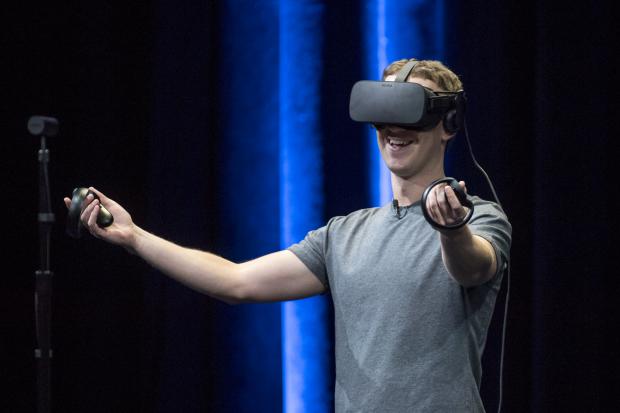
Breaking News
 Harbor Freight Coverpro 12x20 made into a Metal Building part 2
Harbor Freight Coverpro 12x20 made into a Metal Building part 2
 Brian Cole BUSTED, Halle Berry NUKES Newsom + Candace REJECTS TPUSA Challenge...
Brian Cole BUSTED, Halle Berry NUKES Newsom + Candace REJECTS TPUSA Challenge...
 I spent my Thanksgiving in the emergency rom... Medical emergencies can pop up at any time.
I spent my Thanksgiving in the emergency rom... Medical emergencies can pop up at any time.
 The "Golden Age" of Job Layoffs?
The "Golden Age" of Job Layoffs?
Top Tech News
 Build a Greenhouse HEATER that Lasts 10-15 DAYS!
Build a Greenhouse HEATER that Lasts 10-15 DAYS!
 Look at the genius idea he came up with using this tank that nobody wanted
Look at the genius idea he came up with using this tank that nobody wanted
 Latest Comet 3I Atlas Anomolies Like the Impossible 600,000 Mile Long Sunward Tail
Latest Comet 3I Atlas Anomolies Like the Impossible 600,000 Mile Long Sunward Tail
 Tesla Just Opened Its Biggest Supercharger Station Ever--And It's Powered By Solar And Batteries
Tesla Just Opened Its Biggest Supercharger Station Ever--And It's Powered By Solar And Batteries
 Your body already knows how to regrow limbs. We just haven't figured out how to turn it on yet.
Your body already knows how to regrow limbs. We just haven't figured out how to turn it on yet.
 We've wiretapped the gut-brain hotline to decode signals driving disease
We've wiretapped the gut-brain hotline to decode signals driving disease
 3D-printable concrete alternative hardens in three days, not four weeks
3D-printable concrete alternative hardens in three days, not four weeks
 Could satellite-beaming planes and airships make SpaceX's Starlink obsolete?
Could satellite-beaming planes and airships make SpaceX's Starlink obsolete?
Facebook's new prototype offers a look at a lighter VR future

To this end Facebook just unveiled some VR specs it's busy working on, which look similar to a regular pair of glasses.
The compact look of these glasses is made possible by a new "optical architecture" that Facebook has been developing. It combines holographics with a special optical folding technique that, in simple terms, bends and reflects light back on itself – and that saves a lot of space when it comes to lenses.
With a lens thickness of just 9 mm (0.35 in), a field of view more than 90 degrees horizontally (similar to current VR headsets), and a resolution for each eye of 1,600 by 1,200 pixels, the prototype specs promise a much more compact VR future.
These are very much still prototypes though. They don't include any kind of battery or light projecting component at the moment, and they can only produce images in shades of green and black. What you're seeing in these pictures are just the lenses and the frame.
Most current VR headsets make use of LED optics, so switching to holographic optics in this way will require a rethink of other parts of the VR hardware setup too, but the end result could be a richer range of colors as well as less bulky devices.

 First totally synthetic human brain model has been realized
First totally synthetic human brain model has been realized Mach-23 potato gun to shoot satellites into space
Mach-23 potato gun to shoot satellites into space

